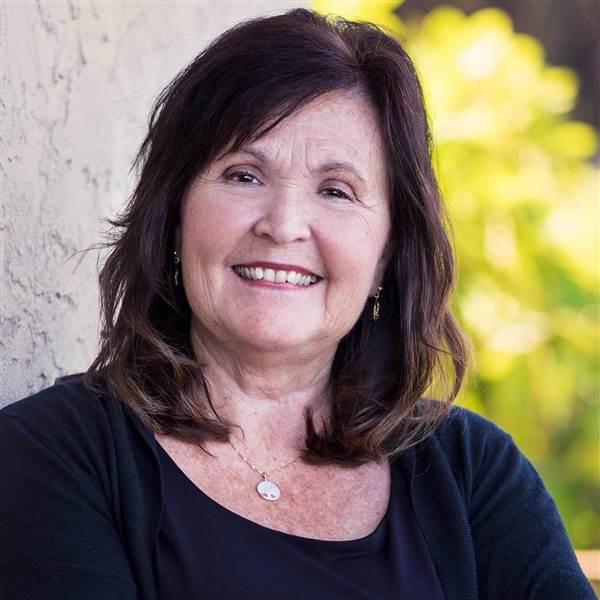Calls have jumped in AOPA’s Pilot Information Center concerning U.S. aircraft sales to international buyers. Questions typically involve helping the seller understand what is involved in exporting an aircraft.
The process of selling an aircraft can be challenging enough, but when you add exporting that aircraft to a buyer across the border, or across the ocean, the task can seem daunting. A host of government agencies may become involved, including U.S. Customs and Border Protection, the U.S. Commerce Department’s Bureau of Industry and Security (which regulates exports of all kinds), the Federal Aviation Administration (FAA), as well as foreign civil aviation authorities (CAA), and foreign customs.
In addition, there are certain U.S. laws to comply with when exporting aircraft, avionics, and related parts. The U.S. Department of Commerce Export Control Administration regulates all exports from the United States. U.S. State Department and Treasury Department (OFAC) Regulations may also apply to the export transaction. The U.S. Export Control Laws prohibit U.S. citizens from dealing with any foreign national or company the United States has placed on one or more denied persons lists. So, you have to check the lists to be sure you don’t sell to one of the bad guys.
Feeling confused and overwhelmed? AOPA is here to help! We’ll discuss a few of the most important aspects of the exporting process, including the Export Certificate of Airworthiness, deregistering the aircraft, and options for transporting the aircraft to the buyer’s location, as well as providing specific information for exporting to Canada.
Export Certificate of Airworthiness
An export certificate of airworthiness (ECA) is required for all type-certificated aircraft prior to export to any of 29 of the 188 ICAO member countries. You’ll need to contact an FAA FSDO office to find an IA-certified mechanic in that FSDO area who has experience doing ECA inspections and processing the required paperwork through the FAA. And, here’s a tip to keep in mind as you plan the selling process—your aircraft must have had an annual inspection within 30 days prior to the issuance of an ECA.
ECAs are issued without an expiration date. Note, though, that an ECA is not a substitute for an airworthiness certificate! So, if you are planning to fly the aircraft to the seller after the ECA is issued, do not surrender your airworthiness certificate.
Deregistration
Once the sale is final, and you actually have the money or it is safely being held in an escrow account for you, contact the FAA Aircraft Registry to deregister the aircraft. FAA will complete a title and lien search on the aircraft to verify there are no existing liens on the aircraft. FAA will then send verification of the aircraft deregistration to the country receiving it. AOPA members can receive help with this process, and all title-and-escrow-related matters, from AIC Title Service, 800/288-2519. The seller may need to remove the N-numbers from the aircraft when it is deregistered.
Transporting the Aircraft from the United States
Once all the required paperwork and inspections are completed, the aircraft is ready to transport. There are a few different ways to do this:
- You can fly the aircraft to the destination country yourself. If you choose to do this, wait until you have arrived at the destination to deregister the aircraft.
- You can have the buyer fly it to its destination. The buyer would obtain a validated foreign pilot certificate from the FAA and fly the aircraft (still under U.S. registry) to the destination country. This means that you still have ownership of the airplane while the buyer is flying it. You will want a deposit or some sort of collateral! In order to clear customs, a letter from you authorizing the buyer to fly the aircraft will be required. When the aircraft is in the destination country, the sales transaction can take place; you will deregister the aircraft, and the new owner can start the process of registration and airworthiness compliance. Not a recommended process!
- It can be flown under foreign registry. Once deregistered, a foreign buyer might be able to get temporary registration from his/her own country’s CAA.
- You can hire an import/export broker or a ferry company.
- The aircraft can be taken apart and shipped. This may be the only option if the aircraft is not in airworthy condition or the proper documents are not in order for flight. Utilize the services of an international freight forwarder—AOPA can assist you with this selection and the requirements.
- Once your aircraft is successfully exported and deregistered, you are not responsible for registration or airworthiness compliance in the destination country, unless you have made this a clause in your sales contract.
Specifically for Canada
If the buyer is in Canada, find out if the aircraft will remain in Canada and not be resold, re-exported, or otherwise leave the buyer's possession to get into another foreign country. You also need to know if you are selling to a trader, broker or third party who has the intent of re-exporting or re-selling. Have a sales/purchase contract defining all terms and conditions of the sale and the exact point of sale. One important reason for this has to do with the U.S. Customs Shippers Export Declaration (SED) filing requirement. If the aircraft remains in Canada, the SED is not required. If the aircraft is moving on, it is required. Keep records of all transactions and dealings.
AOPA provides a detailed subject report on the Web on importing and exporting aircraft. Most people have questions, so give us a call in the Pilot Information Center, 800/872-2672, Monday through Friday, 8:30 a.m. - 6 p.m. Eastern Time.



